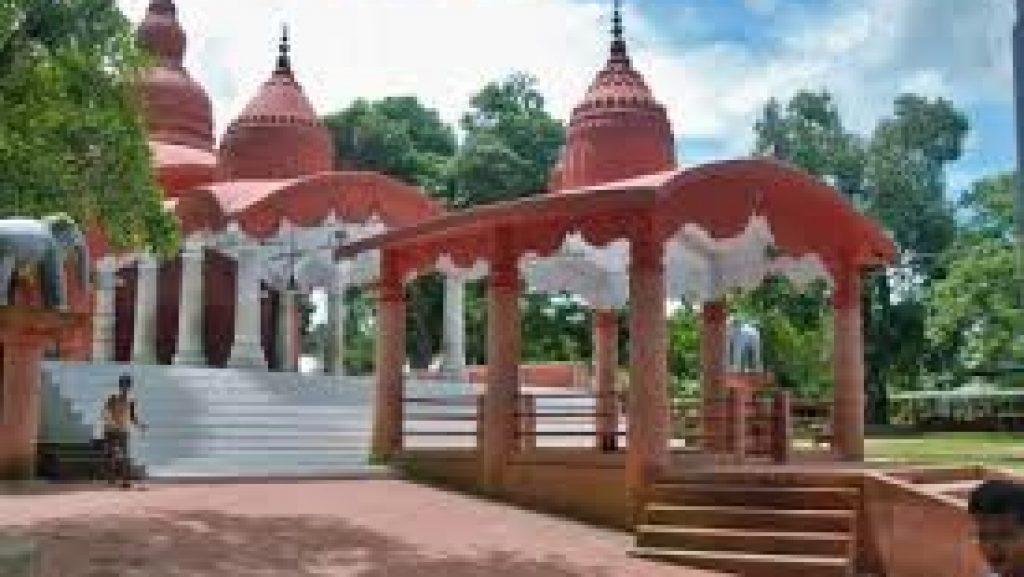Kamalasagar Kali Temple, was built on a hill-top by Maharaja Dhanya Manikya in the late 15th century. It is situated just deside the Bangladesh border, The lake in front of this temple rightly enhances its beauty. The large ‘Kamala Sagar’ lake dug by king Dhanya Manikya (1490-1520) and the two wavy blue water lakes in […]
Sipahijala
Sipahijala is a district in the north-eastern state of Tripura, known for its ancient temples that reflect the region’s rich spiritual heritage. The district is home to several significant temples that attract visitors from all over the country who seek blessings and spiritual solace.
One of the most prominent temples in Sipahijala is the Chaturdash Devata Mandir, which is dedicated to Lord Shiva and houses 14 different forms of the deity. The temple’s unique architecture and intricate carvings make it a popular tourist destination.
Another notable temple in Sipahijala is the Kamala Sagar Kali Temple, which is dedicated to the goddess Kali. The temple is located on the banks of the Kamala Sagar Lake and is believed to have been built in the 15th century. The temple’s scenic location and historical significance make it a popular destination among tourists and devotees alike.
Sipahijala is also home to other significant temples such as the Gunabati Group of Temples, which are a set of ancient temples dedicated to Lord Shiva, and the Tripura Sundari Temple, which is dedicated to the goddess Tripura Sundari.
A visit to the temples of Sipahijala is a journey of spiritual exploration that offers visitors a glimpse into the district’s rich cultural heritage and enduring faith. It is an opportunity to immerse oneself in the region’s deep-rooted traditions and experience the power of spirituality.
In conclusion, the temples of Sipahijala are an important part of the district’s cultural and spiritual identity. They reflect the region’s rich history and are a testament to its enduring faith. A visit to these sacred shrines is sure to leave visitors with a renewed sense of spirituality and appreciation for the district’s ancient traditions.

